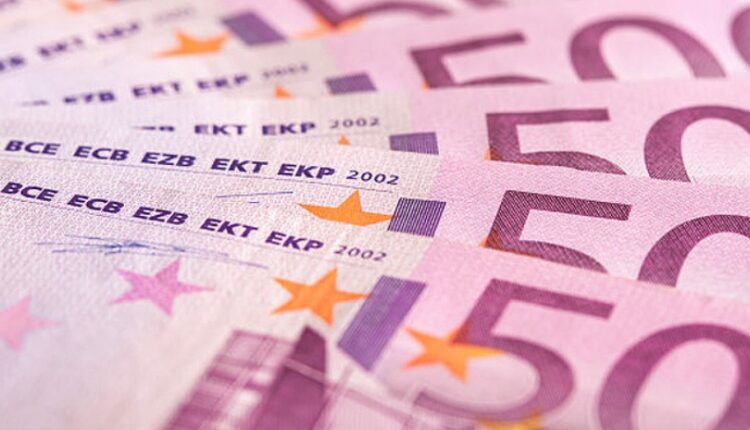
European Union Establishes Guidelines For Launch Of Digital Euro
The European Commission has put forward a proposal outlining the legal framework for a potential digital euro which would work alongside physical cash. The introduction of limits on the amount of digital currency individuals can hold aims to prevent a significant outflow of deposits from banks, easing concerns expressed by critics. However, the proposal also allows users to link their digital wallet to their bank account if they wish to exceed the established limit. The primary goal appears to introducing a digital currency in parallel with cash, as opposed to abolishing cash altogether.
Both Valdis Dombrovskis, the economic vice-president, and Paolo Gentiloni, the European Commissioner for the Economy, emphasized the need for the European Union (EU) to adapt to the digital era, which has been accelerated by the Covid-19 pandemic and the subsequent rise of electronic payments.
The digital euro, if issued, would serve as a monetary anchor in the digital age, offering a public good for individuals and businesses. It presents an additional payment option that allows users to make digital transactions using widely accepted, cost-effective, secure, and resilient central bank money, complementing private solutions such as PayPal or Bizum. The ECB is also exploring ways to regulate money remittances through a European Bizum, although Spanish banks have shown reluctance in adopting this initiative.
Should the proposal is adopted by the European Parliament and the Council, it will establish the legal framework for the digital euro. However, the final decision on whether and when to issue the digital currency lies with the European Central Bank.
Similar to cash, it is expected that the digital euro will be compatible with existing national and international payment methods, such as cards and payment applications. It will function as a digital wallet, enabling companies to make euro payments anywhere within the eurozone, including salary payments to workers. The digital euro is designed to facilitate both online and offline transactions. It aims to allow payments from device to device without an internet connection, enabling transactions in remote areas or even underground car parks.
Advocates argue that the digital euro will require less personal data disclosure compared to current card payments, resembling the privacy level of cash transactions and ATM withdrawals. However, critics find it contradictory to implement a payment method while claiming it will not be as tightly controlled as card payments, even though the disparity between the two is noticeable.
Distribution of the digital euro to individuals and businesses will be carried out by banks and other payment service providers in the EU. To promote financial inclusion, individuals without a bank account will have the option to open and maintain an account at a post office or other public institutions like town halls. Businesses across the euro area will be obligated to accept the digital euro, except for smaller businesses that choose not to accept digital payments due to the disproportionate cost of establishing new infrastructure.
The proposal also aims to ensure the continued acceptance of cash as legal tender throughout the euro area, as well as sufficient access to cash for those who prefer to use physical notes and coins. The closure of ATMs and bank branches has created challenges for certain sectors and member states, making it difficult for some individuals to access cash.
While the proposal acknowledges the concerns surrounding the underground economy, it recognizes the importance of preserving physical money for countries without advanced technological capabilities. The nomenclature emphasizes the freedom of choice for all euro area citizens regarding their preferred payment method. It ensures access to basic financial services and promotes financial inclusion for vulnerable groups, particularly the elderly, who rely more heavily on cash payments.
So with that, a new monetary paradigm is firmly on course. A digital euro is coming in parallel with cash. The question then becomes: is this a trojan horse to replace cash altogether, or will the dual currency system remain in place for the long term?



